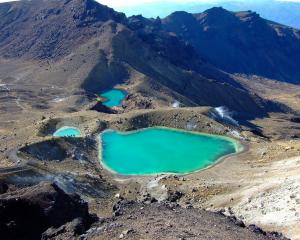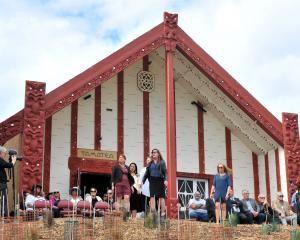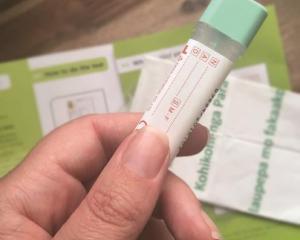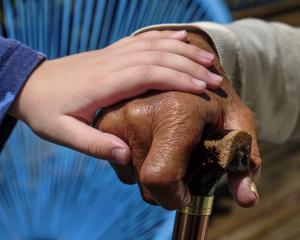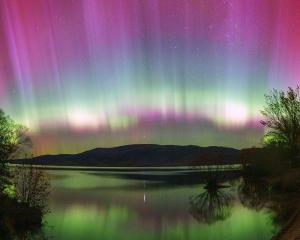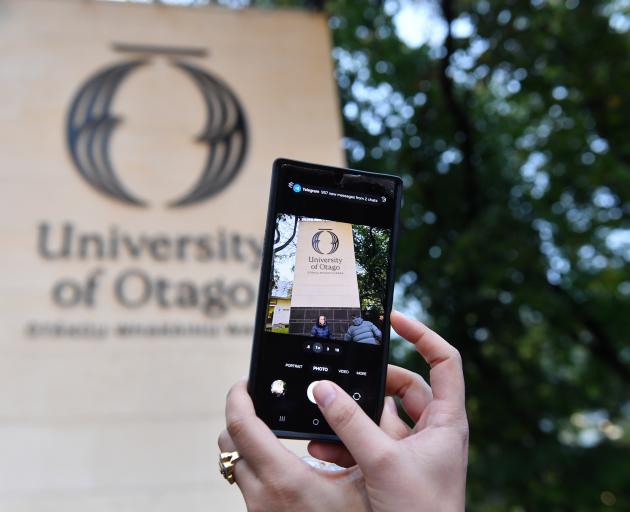

I’ve been piecing together the Land Court records from the 1860s to early 1900s of Erena, my great-great-great-grandmother and her siblings. There are sporadic records from the 1860s to 1960s onwards, and I try to match names and dates, triangulating where I can, to ensure that I’m reading about "my" Erena and not one of her namesakes.
It is painstaking work but ever-so satisfying when I figure something out. Much credit to others, friends and family, who have often been unknowingly helpful in explaining various aspects of culture and practice. I’ve been able to apply some of these tips to the search terms or to the records found, and those records are part of my story.
One of the factors that contributed to opening the available written records of the Native Land Court and Archives New Zealand was having more confidence about names and naming conventions. There were some intriguing practices.
Since my early 20s, I’d known about my kuia marrying a Frenchman from Bordeaux. I have a copy of a photograph of her. She is magnificent with her moko kauae, long flowing dark brown hair, wearing a beautiful green top and scarf. While my copy of the photo is not dated, it is labelled with two names. I found in my searches that there were a few potential links to that version of Erena’s name in the Native Land Court, but a discussion in my te reo Māori class, led by my kaiako, about early Māori naming conventions opened the records to me more broadly.
In some records, the naming convention would follow the practice of a first name and then a parent’s first name. Some records would have information relating to my great-great grandmother’s name as her first name and her mother’s first name, as that was her line of descent to that land. In other records, it was her first name and then her father’s surname. A similar record for her sister was evident, although they had different second names. It is also evident that there were various spellings, even her first name. I could also search for her sister by using these different names.
So what is in a name? I’ve been able to start to decode the stories and journeys of my tīpuna, even those stories not directly handed down. With some versions of their names, I can see whakapapa and relationships. With other versions of names, I can see when anglicised names become dominant, when different ways of recording became prominent, and acknowledgement of their relations, as the names of siblings and grandparents flow through the records.
In other settings, names also tell stories. I am proud that my university has explored its past and embraced a future with a new name. It is awesome that my workplace has a name that is the "bow of the canoe that pierces the ocean and leaves a wake for others to follow" (https://tuakiritaka.otago.ac.nz/). Unfortunately, my mention of this will quite possibly trigger a bunch of people to get upset, as was seen last year when the new name was announced.
None of them seemed to acknowledge that the other name of the university remains. Why can people not see that? Why must a name only be an English one? Do these upset people not appreciate that they already have their dominance? While I give some credit to more recent building developments at the university, most buildings and rooms are not named in ways that encourage me to be Māori. Of the 115 teaching spaces, 104 have a name that is not Māori.
To be fair, I’d guess that not much thought went into naming some of the buildings and rooms, albeit they are functionally very useful names — Teaching Wing — I’m looking at you! Other names are reminiscent of the university’s past and reflect other institutions, such as Quad, and others are usefully directional, such as Frederick St and St David’s.
We have a long way to go to get close to parity with honourable te reo Māori naming practices relating to public and public-facing buildings and locations. But he mihi nui ki Kāi Tahu for sharing their knowledge and allowing it to lead us into the future.
With this new name, Ōtākou Whakaihu Waka, the university and all that it is must prize relationships and reciprocity and transmit knowledge between generations. It is exciting to think of how this name will support our students; they will embrace it and, like me with my tīpuna, be excited about the connections and journeys that are part of their past and future.



